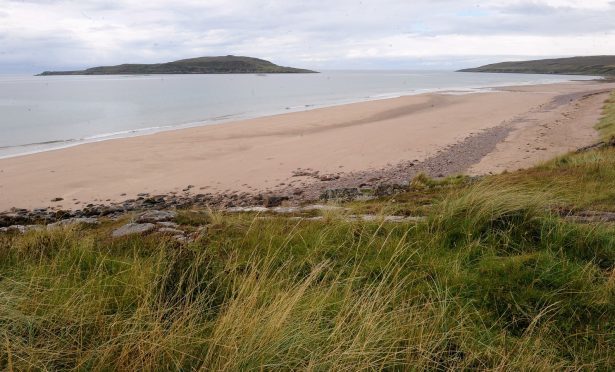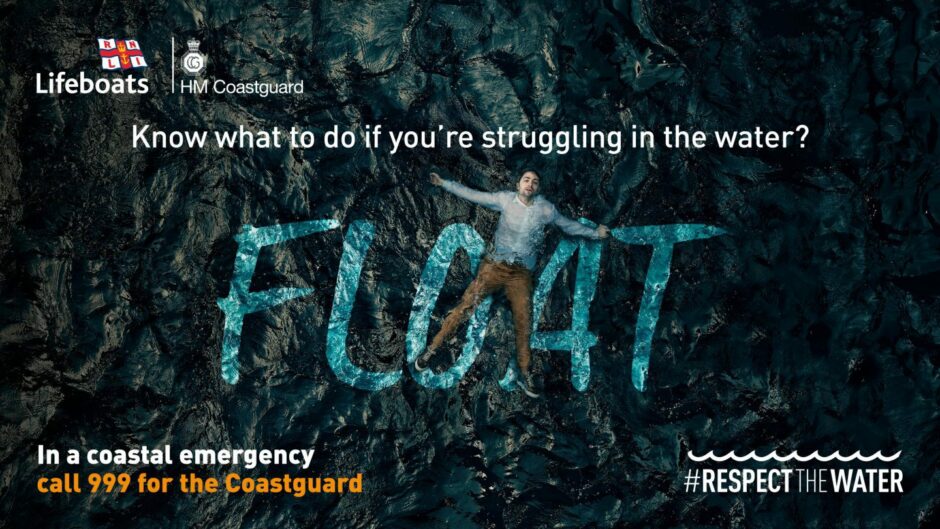Highland had the highest number of people drowning across Scotland last year, according to new data.
Water Safety Scotland’s (WSS) annual report shows that water-based fatalities decreased in Scotland last year.
According to the study, there were also fewer people accidentally drowning.
However, the figures show 66 people died in a water-related incident in Highland – making it the area with the highest number of water fatalities in Scotland last year.
Argyll and Bute had the second-highest number of fatalities with 42 deaths reported followed by Aberdeenshire with 29.
Meanwhile, 16 people died in Orkney and the Western Isles during water-related incidents, with five in Shetland.
Eight people died in Aberdeen City from incidents in 2022, including a 33-year-old man who tried to save a dog reportedly spooked by fireworks at Aberdeen beach.
Moray reported 12 fatalities, including a 51-year-old who drowned after his kayak capsized on the River Spey near Fochabers in July.
Last year, the RNLI launched its Float to Live campaign following an increase in rescue operations.
Water-related deaths across Scotland
Across Scotland, there were 96 water-related fatalities recorded, with 45 of these being considered accidental drownings.
There were also 37 suspected suicides across the country, and 14 of the fatalities were listed as “not recorded”. There were no crimes suspected for any of the deaths.
According to WSS, this shows a decline in overall water-related deaths in comparison to previous years.
While the number of fatalities caused by accidents and natural causes has decreased, suspected suicides increased last year.
The report also found that most of the fatalities last year happened in coastal areas as well as in rivers.
Carlene McAvoy, founder of WSS and the Data Subgroup chairwoman, said: “The recent figures for accidental water-related fatalities shows a 10% decrease in comparison to the Scottish Drowning Prevention Strategy baseline – bringing the number of accidental water-related fatalities back down after a particularly difficult year in 2021.
“WSS continues to work hard and has taken a number of significant steps to help reduce accidental water-related fatalities, including the introduction of the Drowning and Incident Review (DIR), the creation of free educational resources for teachers and practitioners, and free consistent water safety messaging for partners to use across Scotland.”
James Sullivan, chairman of WSS, added: “The decrease in the 2022 figures is a result of the combined efforts of partners across the country working collectively to raise awareness of water safety.
“WSS will continue to coordinate these efforts to further improve safety and reduce drowning incidents in and around Scotland’s waters.”
As summer approaches, find out more about the Water Safety Code online.


Conversation